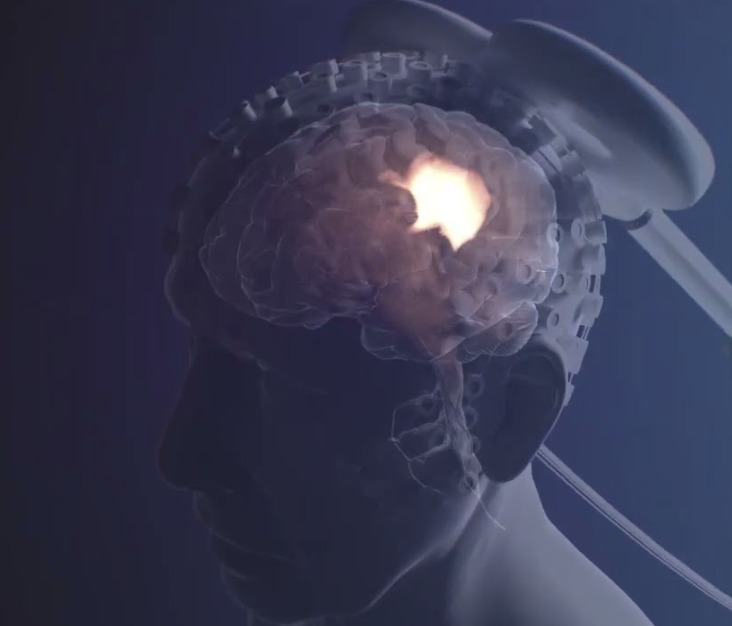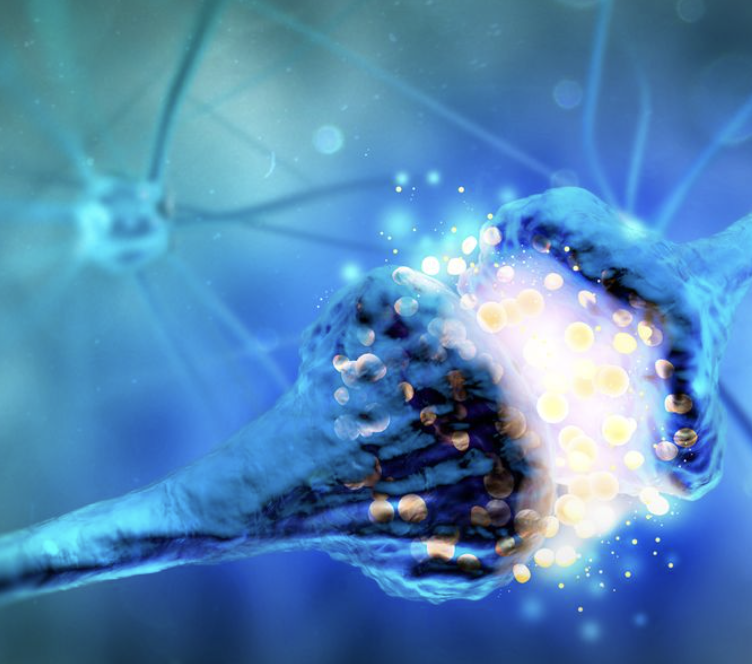Les synapses : Comprendre comment les neurones communiquent
Penser, lire, se souvenir : tout repose sur les synapses. Ces jonctions microscopiques orchestrent l’activité de nos 86 milliards de neurones.
Qu’est-ce qu’une synapse ?
Le cerveau est composé de milliards de neurones qui communiquent entre eux. Cette communication passe par des synapses, des zones de contact spécialisées où un neurone transmet un message à un autre.
Il existe deux types de messages :
- Un signal électrique, appelé potentiel d’action, qui est une brève variation de tension parcourant le neurone jusqu’à la synapse.
- Un signal chimique, produit lorsque le neurone libère des neurotransmetteurs, de petites molécules qui traversent l’espace entre deux neurones pour activer le suivant.
Ce mécanisme permet au cerveau de traiter l’information, de commander les mouvements, de former des souvenirs ou de ressentir des émotions.
Que se passe-t-il quand elles dysfonctionnent ?
Les synapses assurent la communication entre les neurones. Quand elles fonctionnent normalement, le cerveau traite les informations de manière fluide : on pense, on apprend, on ressent, on agit.
Mais lorsque ces connexions sont trop nombreuses, trop faibles, mal organisées ou qu’elles disparaissent prématurément, les circuits neuronaux perdent leur équilibre.
Ces dysfonctionnements synaptiques sont au cœur de pathologies comme la maladie d’Alzheimer, l’autisme, la schizophrénie ou l’épilepsie.
Dans la maladie d’Alzheimer, les synapses commencent à disparaître silencieusement, bien avant que les neurones eux-mêmes ne meurent. Cette perte précoce de connexions ralentit la transmission des informations dans le cerveau.
Peu à peu, les circuits deviennent moins efficaces, ce qui entraîne des troubles de la mémoire, des difficultés à se repérer, ou à trouver ses mots.
.png)
Que cherchent les chercheurs aujourd’hui ?
Pour mieux comprendre les maladies du cerveau, les scientifiques se concentrent sur les synapses. Ces connexions, invisibles à l’œil nu, jouent un rôle central dans la formation des souvenirs, le développement cérébral ou l’équilibre des pensées.
Comment les synapses se forment-elles ?
Pendant les premières années de la vie, des milliards de synapses se forment dans le cerveau. Mais leur mise en place doit être très précise : une erreur peut désorganiser les circuits.
Pourquoi certaines synapses sont-elles éliminées ?
Le cerveau trie ses connexions. C’est normal. Mais ce nettoyage peut devenir excessif. La microglie, une cellule immunitaire du cerveau, joue un rôle majeur dans ce processus. Les scientifiques cherchent à comprendre quand et comment cela devient pathologique, notamment chez l’adolescent et le jeune adulte.
Enjeu médical : mieux comprendre les troubles du développement comme l’autisme ou les retards cognitifs.
Enjeu médical : mieux comprendre la schizophrénie et certaines formes de dépression.
Les dernières découvertes
Ralentir Alzheimer sans médicament : la stimulation de précision
Ce qu’ils ont fait :
La société Sinaptica Therapeutics a mis au point un traitement par stimulation magnétique ciblée, appelé SinaptiStim®. Il s’adapte à chaque patient à partir de son IRM et de son EEG. L’idée est simple : réactiver les circuits synaptiques qui déclinent, avant qu’il ne soit trop tard.
Ce qu’ils ont observé :
Dans une étude clinique de phase 2 (2024), les patients traités avec cette stimulation non invasive ont montré un ralentissement significatif du déclin cognitif, sans effets secondaires majeurs.

Faire repousser les synapses : une pilule qui régénère
Ce qu’ils ont fait :
La société Spingonex développe un médicament oral appelé SPG302, capable de favoriser la formation de nouvelles synapses dans le cerveau. Ce n’est pas un traitement pour ralentir la maladie, mais pour réparer activement les connexions perdues.
Ce qu’ils ont observé :
Chez des modèles animaux, SPG302 a amélioré les fonctions cognitives. Il est aujourd’hui en phase 2 chez l’humain, dans des essais cliniques sur des patients atteints d’Alzheimer précoce.

